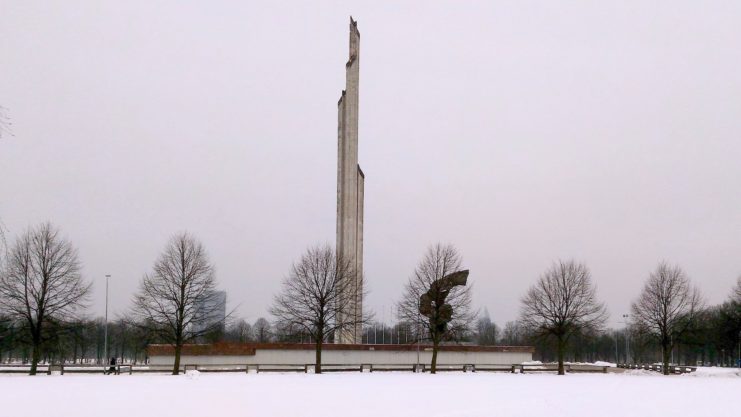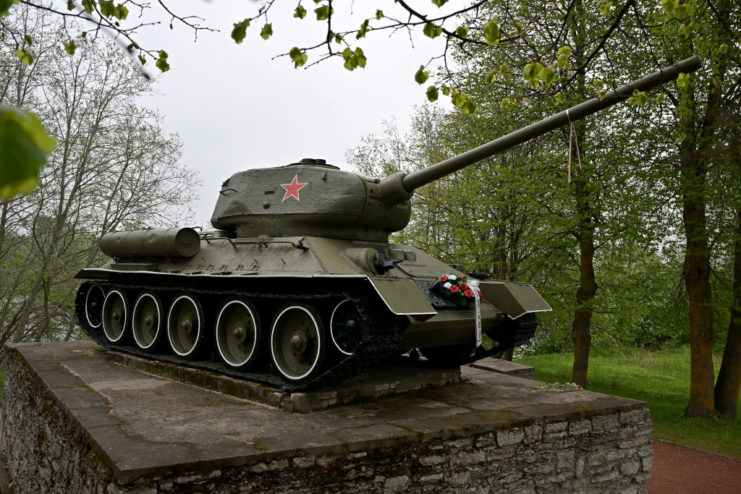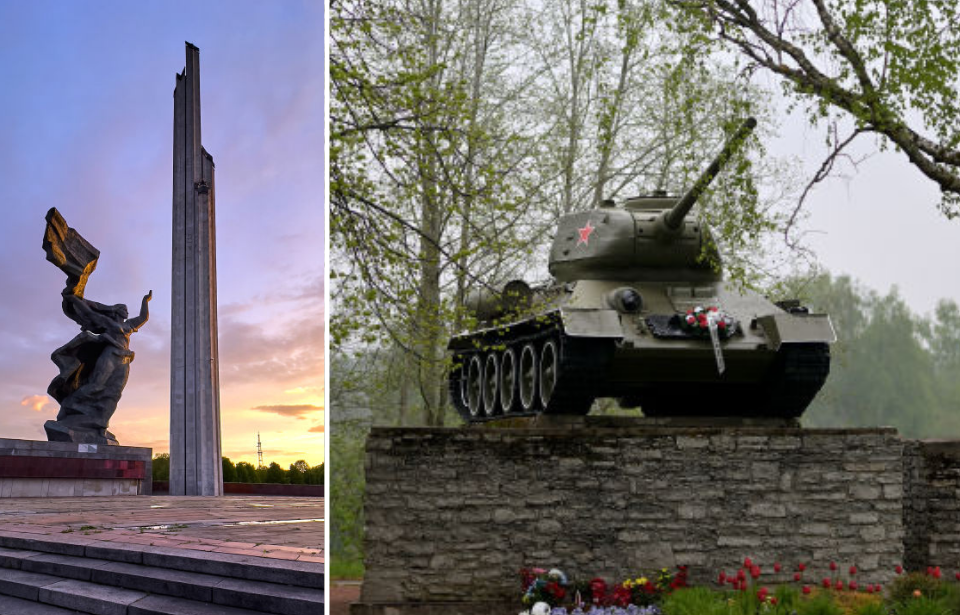Poland has demolished a Soviet-era monument dedicated to the Red Army soldiers who liberated the country from German occupation during World War II. The move follows that of other Central and Eastern European nations that have torn down similar memorials in response to the continued Russian invasion of Ukraine.
🇵🇱
Trwa rozbiórka pomnika żołnierzy Armii Czerwonej w Brzegu (Opolskie). pic.twitter.com/dIzzOOkiaU— WarNewsPL (@WarNewsPL1) August 25, 2022
Demolition of the monument, which was located in the southwestern town of Brzeg, began on August 24, 2022 – the six-month mark for the Russo-Ukrainian War. Speaking with the Associated Press, Rafał Leśkiewicz, the head of the Institute of National Remembrance, said the decision was made in March to remove Poland’s 60 remaining Soviet memorials.
Since the Russian invasion of Ukraine, a number of Soviet-era monuments have been vandalized. While the decision to remove them was made only a few months ago, a Polish law dating back to 2015 had called for them be torn down, as “it is impossible to keep such monuments in the public sphere.”
The memorial is the 24th to be demolished since March. Among those previously removed include the statue of a Red Army soldier in Siedlce, which was torn down in April.

Removal of the statue came just a day after Latvia began dismantling a similar one in its capital city of Riga. The 80-meter high monument was erected in 1985 and commemorated the Red Army‘s victory over Germany during the Second World War.
For decades, Latvians viewed it as a painful reminder of the decades of oppression many felt while the country was under the purview of the Soviet Union. Latvia, which declared its independence in 1991, shares a 214-kilometer border with Russia and has a population that’s 25 percent ethnic Russian.
The decision to remove the monument, located in Riga’s Victory Park, was made in May by the country’s government. It featured a five-spire obelisk topped with three Soviet stars. Surrounding it were two statues: three Red Army soldiers on one side and a woman with her hands held high on the other. The latter was said to represent the “Motherland.”
Its removal prompted a small protest, which resulted in a number of people being arrested by local authorities.

Estonia has also removed a Soviet-era monument, located outside the city of Narva. The T-34 replica was replaced by a neutral grave marker, so the area could “remain a dignified site for commemorating the dead,” and the memorial itself was moved to the Estonian War Museum in Viimsi, north of the country’s capital of Tallinn.
More from us: Russian Soldiers Are Shooting Themselves In the Legs to Get Out of Ukraine
Estonia shares a 300-kilometer border with Russia and has taken a stance against the country since its invasion of Ukraine. Similar to Latvia, many viewed the T-34 memorial as a reminder of decades of Soviet rule. However, that didn’t stop days of rioting in Narva, which is located in Estonia’s Russian-speaking east.
According to the country’s government, a number of similar monuments are slated for removal, including seven in Narva.
